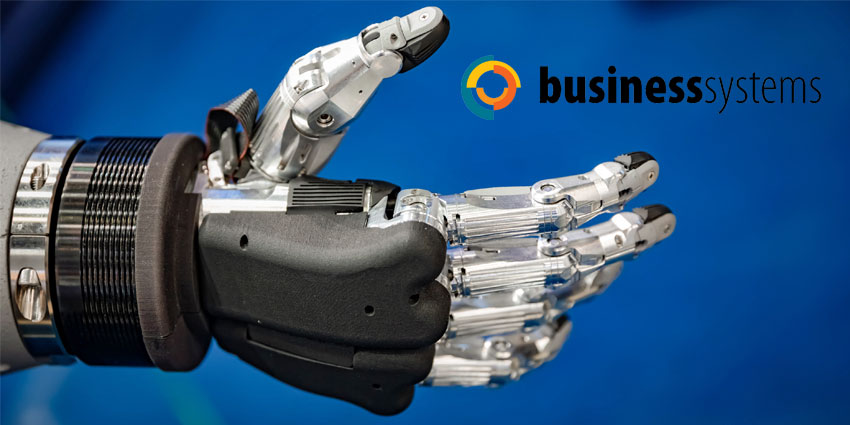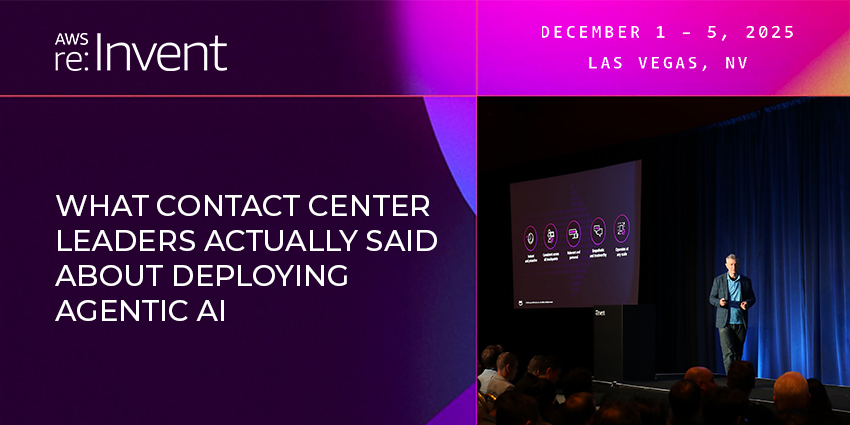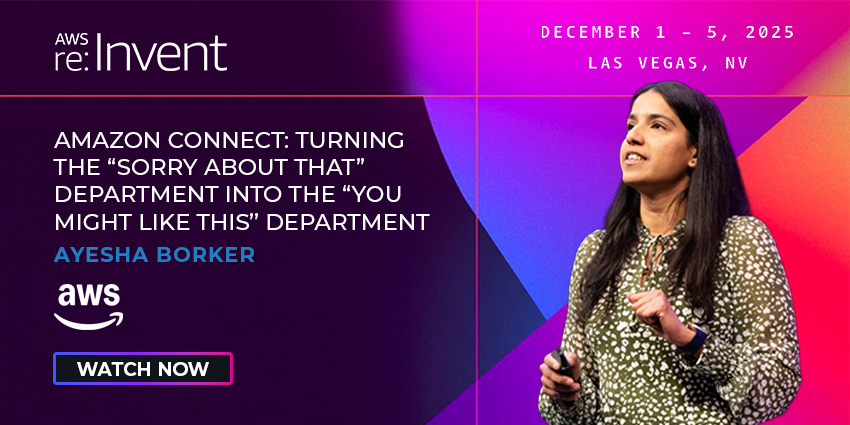If you hadn’t noticed, these days it’s all about the robots, or more specifically Robotic Process Automation – applying software to repetitive tasks to free up our time.
RPA has gone from being a specialist technology to a major market almost overnight. Gartner has just released its first Magic Quadrant for RPA software, showing it’s the fastest-growing software subsegment it tracks, with year-over-year growth of more than 63% in 2018. The technology is believed to save companies huge amounts of time and money, so Gartner estimates demand for this type of software will reach $2.4bn annually by 2024. For its part, analysts Forrester expects RPA to be a $2.9bn industry in its own right by 2021.
Why this huge growth? RPA is software that blends some AI (Artificial Intelligence) and Machine Learning capabilities to allow businesses to handle high-volume, repeatable tasks that previously required humans to perform. These tasks can include anything from queries, calculations and maintenance of records and transactions; RPA software mimics a human worker by logging into an application, entering data or calculating and completing tasks.

Without a doubt, potentially hype aside, RPA is a great tool to increase efficiency, accuracy and speed, allowing your call centre agents to focus on tasks that are less mundane and of greater value to the business. Robotic Process Automation can be applied to a wide range of operations across a diverse range of industries and is especially suitable for any structured, rule-based, repeatable processes undertaken on a computer. This includes searching for, processing and completing information, interacting with multiple platforms to complete a task and making decisions using pre-set algorithms.
In terms of specific scenarios where RPA is deployed, a good example would be in large customer-facing operations – particularly those with very complex back-office operations and strict compliance regimes, such as financial services, insurance, local and central government and healthcare. That is because RPA has been proven to be a highly effective tool in establishing ‘blended workforce’ approaches, where the gap between customer-facing operatives and back-office staff is reduced, and distinctions in responsibilities blurred in a bid to make service the central focus of all operations.
For example, in a bank or insurance company, where an application for a new product might have to undergo a series of statutory checks, the time it takes to complete these necessary tasks in the back office manually can work against service excellence. But with RPA, the speed and efficiency with which such routine processes can be completed contributes to a better overall customer experience (CX). RPA therefore offers a way to meet or exceed customer expectations at every point of contact, direct or indirect, in front or back office.
What we are increasingly seeing is that the benefits of RPA are being recognised outside early adopting sectors like finance, government and healthcare. Small and medium-sized businesses are embracing the technology as readily as large enterprises. Here are seven key benefits any organisation can expect to gain from RPA.
Reduced costs
Let’s start with the bottom line. One of the key aims of automation is to improve efficiency and reduce the time it takes to complete core tasks, which carries over into lowering operational costs. According to one survey of medium-sized businesses adopting RPA, 44% identified reduced operating costs as a main benefit. Meanwhile, Indian IT trade body NASSCOM reported cost savings of up to 65% for members adopting RPA, while the Institute for Robotic Process Automation calculates that software robots can cost as little as a fifth of the overheads involved in employing staff full time.3
Improved productivity
Unlike people, robots can work around the clock, seven days a week. Not only that, they are able to complete repetitive IT-based tasks much more quickly. It is therefore little surprise that, out of the many benefits of RPA adoption mentioned in one recent industry survey, increased productivity came out on top (cited by 53% of companies).
Increased accuracy
As well as working more quickly and efficiently than people can, RPA is also much more accurate, with most adopters reporting a complete elimination of error. In Softomotive’s study, improved accuracy was the second most common benefit of RPA cited by respondents, mentioned by 47% of businesses. And as well as saving the time and money it takes to rectify mistakes, being assured of high levels of accuracy also supports compliance and quality control, as automated processes are fully auditable.
Frees up human talent
The flipside of robots being able to perform repetitive administrative tasks more quickly and accurately than people is that it also frees up employees to focus attention on other tasks, in particular those that can add more value to business operations, and which need the human touch. In a survey of public sector organisations that have adopted RPA, for example, Arvato found that 96% of respondents approached automation with the intention of freeing up staff time for more business-critical tasks.
Improved service levels
The faster and more efficiently you can complete tasks in any organisation, the higher you can raise the service bar. Rapid automated processes coupled with desktop automation to support human agents means customer requests can be dealt with more efficiently and with greater control achieving a more satisfactory outcome. And of course, better accuracy supports better SLAs, and freeing up staff time allows them to focus on delivering that all important premium customer experience.
Centralised control
One aspect of RPA that is sometimes overlooked is the fact that it ties diverse systems together and therefore provides a central point for monitoring and control (see here). This brings a couple of notable benefits to businesses, such as the ability to update and change processes centrally rather than having to address each one individually. It also aids issues like data security, which 31% of respondents to one study cited as a key benefit of adoption.
Rapid ROI
And back to the all-important bottom line. One thing that many adopters of RPA report is the rapid and substantial returns on investment it can deliver. One study from the Everest Group, for example, found that the average company could expect to double its investment in initial returns, rising to a multiple of four for the top performers.
In one particularly stand-out example, Telefonica 02 reported an ROI of 650-800% within three years of applying RPA to transactional processes.
Summing up, it seems clear, surely, that through advanced automation, we realise twin benefits in the workplace – greater satisfaction for employees, while businesses also thrive through the efficiency gains and cost savings.
Expectations around service as well as around employment will undergo a step change, moving the business of commerce and industry towards a better, brighter future. Now really is the time to investigate what the robots can do to help you and your business.
Guest Blog by Richard Mill, Managing Director of Business Systems (UK) Ltd
Business Systems are a specialist in providing call recording and workforce optimisation solutions







